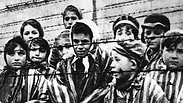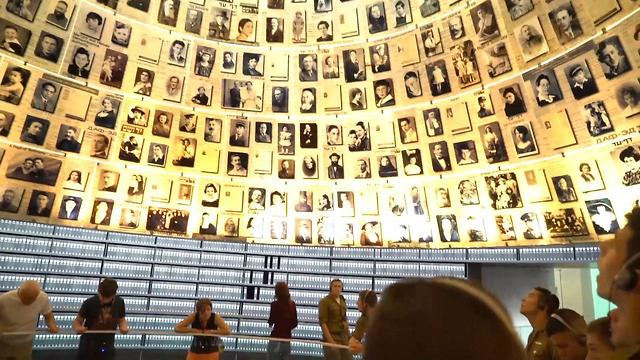
Holocaust
צילום: gettyimages
Poland obtains archive of diplomats' efforts to rescue Jews
Polish diplomats in Switzerland issued phony Latin American passports that saved at least 330 Jews during the Holocaust; Polish government and Auschwitz-Birkenau state museum purchased archive providing 'irrefutable proof that Poles saved Jews during WWII.'
Poland has obtained a World War II-era archive that documents the efforts of Polish diplomats in Switzerland to get Jews out of Europe by issuing phony passports from Latin American countries.
The Culture Ministry and the Auschwitz-Birkenau state museum announced Monday that Poland had obtained the archive after more than a year of negotiations with a private owner in Israel.
The ministry and the museum said 330 people were known to have survived the Holocaust as a result of having one of the faked passports and another 387 were killed despite having the false documents. The fate of 430 others has not been determined.
The rescue effort was led by the Polish ambassador to Switzerland, Aleksander Lados, and included three other Polish diplomats and two representatives of Jewish organizations. The archive is named for one of the Jewish representatives, Rabbi Chaim Eiss, who died of a heart attack in late 1943.
Poland's purchase of the archive comes as the Polish government is working to emphasize the help some Poles provided Jews during Nazi Germany's occupation of the country.
The archive provides "irrefutable proof that Poles, the Polish state, its representatives, systemically and institutionally, were involved in saving Jews during World War II," Culture Minister Piotr Glinski said.
The collection includes eight Paraguayan passports forged by the Polish diplomats; photos of Jews seeking to obtain the documents; and letters between the Polish diplomats and Jewish organizations.
The documents will go on display for several months in Bern, Switzerland, before becoming part of the collection at the Auschwitz museum, which is also a memorial to the victims of the Nazi death camp where some 1.1 million people, most of them Jews, were killed.











